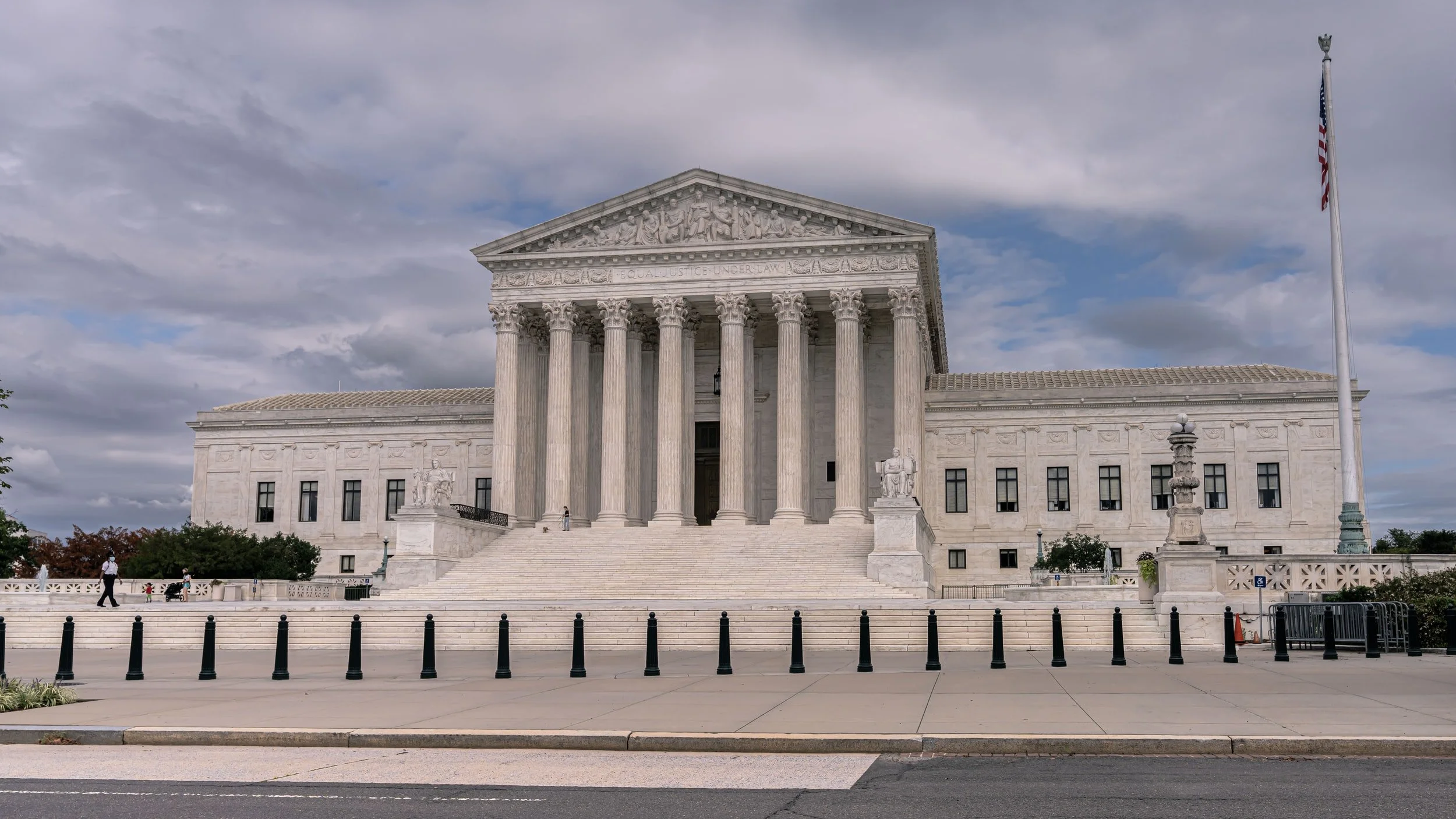On his first day in office, President Biden issued several Executive Orders. Two of those executive orders are key in advancing the rights of the LGBTQIA Community.
First, President Biden issued the Executive Order on Preventing and Combating Discrimination on the Basis of Gender Identity or Sexual Orientation. The Executive Order states that “Every person should be treated with respect and dignity and should be able to live without fear, no matter who they are or whom they love. Children should be able to learn without worrying about whether they will be denied access to the restroom, the locker room, or school sports. Adults should be able to earn a living and pursue a vocation knowing that they will not be fired, demoted, or mistreated because of whom they go home to or because how they dress does not conform to sex-based stereotypes. People should be able to access healthcare and secure a roof over their heads without being subjected to sex discrimination. All persons should receive equal treatment under the law, no matter their gender identity or sexual orientation.”
After citing to the Supreme Court’s recent decision in Bostock and noting that such principles are reflected in the Constitution, President Biden continues by stating that “It is the policy of my Administration to prevent and combat discrimination on the basis of gender identity or sexual orientation, and to fully enforce Title VII and other laws that prohibit discrimination on the basis of gender identity or sexual orientation. It is also the policy of my Administration to address overlapping forms of discrimination.”
The President orders federal agencies to review agency actions promulgated under Title VII or similar statutes to determine whether such actions need to be revised or suspended, or whether new action need be taken, and to develop a plan within 100 days of the order.
Second, the President issued Executive Order on Advancing Racial Equity and Support for Underserved Communities Through the Federal Government. The President states that “It is . . . the policy of my Administration that the Federal Government should pursue a comprehensive approach to advancing equity for all, including people of color and others who have been historically underserved, marginalized, and adversely affected by persistent poverty and inequality. Affirmatively advancing equity, civil rights, racial justice, and equal opportunity is the responsibility of the whole of our Government. Because advancing equity requires a systematic approach to embedding fairness in decision-making processes, executive departments and agencies (agencies) must recognize and work to redress inequities in their policies and programs that serve as barriers to equal opportunity.”
The order broadly applies to “underserved communities,” including “Black, Latino, and Indigenous and Native American persons, Asian Americans and Pacific Islanders and other persons of color; members of religious minorities; lesbian, gay, bisexual, transgender, and queer (LGBTQ+) persons; persons with disabilities; persons who live in rural areas; and persons otherwise adversely affected by persistent poverty or inequality.”
Among other requirements, the Executive Order requires the White House Domestic Policy Council (DPC) to coordinate efforts to embed equity principles, policies, and approaches across the Federal Government. It further requires the Director of the Office of Management and Budget (OMB) to partner with the heads of agencies to study methods for assessing whether agency policies and actions create or exacerbate barriers to full and equal participation by all eligible individuals. Furthermore, the head of each agency, or designee, must, in consultation with the Director of OMB, select certain of the agency’s programs and policies for a review that will assess whether underserved communities and their members face systemic barriers in accessing benefits and opportunities available pursuant to those policies and programs. In addition, the Federal Government must allocate resources to address the historic failure to invest sufficiently, justly, and equally in underserved communities, as well as individuals from those communities. Finally, the Executive Order establishes an Interagency Working Group in order to establish necessary data to measure and advance equity.



